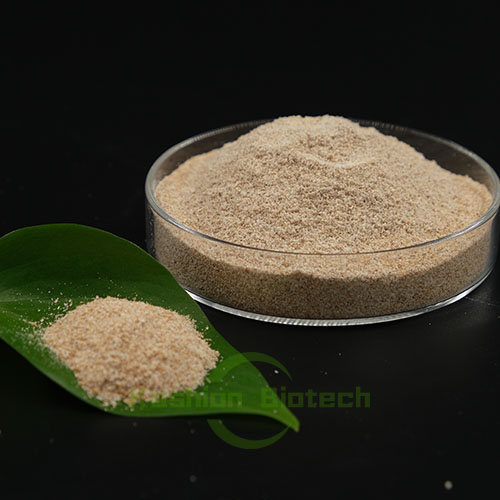
Home Products Sewage Treatment Bacteria River Rehabilitation Sewage Treatment Phosphorus Removal Bact
The principle of biological phosphorus removal from sewage is to artificially create a biological excess phosphorus removal process to achieve a controllable phosphorus removal effect. The whole process must realize the biological phosphorus removal process by creating alternate links between anaerobic and aerobic and utilizing the action of phosphorus accumulating bacteria.
Phosphorus Accumulating Bacteria Phosphorus Removal Mechanism Phosphorus Accumulating Bacteria, also known as Phosphorus Receiving Bacteria and Phosphorus Removing Bacteria, are a special type of bacteria in the traditional activated sludge process. The phosphorus content in the body is several times higher than that of ordinary bacteria, and these bacteria are widely used for biological phosphorus removal.
1. Phosphorus release under anaerobic conditions In the absence of dissolved oxygen or nitrate nitrogen, facultative bacteria convert soluble BOD5 into low-molecular-weight volatile organic acids VFA through fermentation. Phosphorus accumulation bacteria absorb these fermentation products or VFA from raw sewage, transport them into cells, and assimilate into intracellular carbon energy storage substance PHB. The required capacity comes from the hydrolysis of polyphosphate and the glycolysis of intracellular sugars. and lead to the release of phosphate.

Name: Nicole Yu
Mobile:+86 17718148007
Tel:+86 17718148007
Whatsapp:8617718148007
Email:sales@kashionbiotech.com
Add:No.6, Zhanxi Road, Yaohai District, Hefei City, Anhui Province, China.